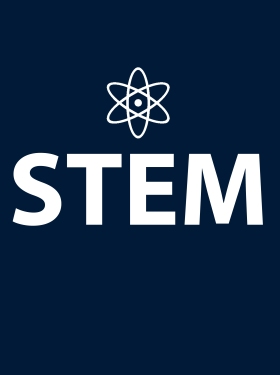A discussion of community colleges’ role in cultivating diverse talent in the science, technology, engineering, and mathematics (STEM) fields is never complete without emphasizing their transfer function. Back in 2014, I launched a longitudinal project to study what influences upward transfer in STEM fields of study. My motivation was simple. I was bothered by the policy discourse at the time that largely limited community colleges’ role in STEM workforce development at the “sub-baccalaureate” level for “mid-skilled” jobs (Kazis & Lincoln, 2013), whereas upward transfer was practically invisible, despite its being a prominent role of community colleges. I developed a conceptual framework for transfer in STEM fields to guide my project, because I saw a dire need to visualize the complexity of the process that two-year college students navigate in their quest for a four-year degree in STEM disciplines. I further updated this model to reflect the larger contexts in which it is situated, particularly highlighting the equity-driven utility of the instrument.
Using the STEM Transfer Model (shown at right), I developed the Expanding STEM Talent survey instrument. The survey’s validity and reliability were tested based on original data collected from 1,668 two-year college students starting in STEM programs or courses. A more detailed description of the survey and its technical quality is available here and in my recent collaborative study with Seo Young Lee, which tested the psychometric properties of the survey.
While the STEM Transfer Model contains key components that are broadly relevant, when using the instrument, we must attend to any potential heterogeneity among students in STEM fields and in the depicted relationships among various factors. As an example, in another recent study, Seo Young Lee, Amy Prevost, and I demonstrated how the survey can be used to understand what builds aspirational momentum toward transfer in STEM and particularly to identify any gender and racial disparities in the process. We found noteworthy differences based on gender and race. Holding everything else constant, with more support for transfer, white students were more likely to want to continue toward upward transfer in STEM, while Black and Latinx/Hispanic students were less likely to do so. Equally troubling, while male students were more likely to maintain aspirational momentum for transfer in STEM with more frequent usage of transfer services, female students' aspirational momentum decreased with more frequent transfer service usage.
These findings push us to reflect on the underlying sociocultural factors present in STEM classrooms as well as advising and other educational spaces that might contribute to these inequitable experiences and outcomes. They also invite us to think hard about how to create culturally sensitive, embracing, and empowering supports and take down systemic barriers for minoritized populations that are pursuing a STEM transfer pathway.
Both the STEM Transfer Model and the resulting survey instrument have gained traction among researchers and practitioners working to improve transfer in STEM among historically underserved students, helping advance equity driven change, one of the noteworthy missions of OCCRL. As we shed light on the mechanisms underlying transfer in STEM, we can reconceptualize spaces for cultivating STEM talent from community colleges to four-year institutions and beyond. We should especially push the field away from a narrow STEM pipeline approach toward what I call a supported pathway approach, which situates and supports students’ aspirations and experiences within the rich fabric of social, cultural, community, and familial contexts.
References:
Kazis, R. & Lincoln, C. A. (October 15, 2013). Advancing underrepresented minorities in STEM education and careers: Federal policy support for middle-skill STEM pathways and community colleges that provide them. Portland, OR: Jobs for the Future, Achieving the Dream.
Wang, X. (2017). Upward transfer in STEM fields of study: A new conceptual framework and survey instrument for institutional research. New Directions for Institutional Research, 2016(170), 49-60. doi:10.1002/ir.20184
Wang, X., & Lee, S. (2019). Investigating the psychometric properties of a new survey instrument measuring factors contributing to upward transfer in STEM fields. The Review of Higher Education, 42(2), 339-384.
Wang, X., Lee, S.Y. and Prevost, A. (2017). The role of aspirational experiences and behaviors in cultivating momentum for transfer access in STEM: Variation across gender and race. Community College Review, 45(4), 311-330.




